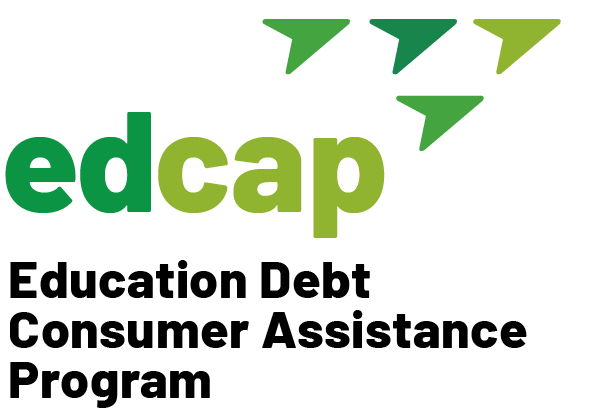What are my responsibilities as a co-signer of a private student loan?
- You are a co-borrower and are fully responsible for the loan if the student borrower cannot pay.
- The interest rate, terms, and conditions will depend on your creditworthiness. The better your credit, the better interest rate, terms and conditions you should get.
- Interest starts accumulating upon disbursement.
- Repayment can start as soon as the loan is disbursed. Although you may have the option to defer payment while the student is in school.
- Repayment will be based on a fixed term–-5, 10, 15, 20 or more years.
- Loan default can occur after missing a single payment. This will impact your own credit.
- The terms and conditions of the loans can be found on the loan documents, also known as promissory notes. Read them carefully to know about additional responsibilities.
What are some of my rights as a co-signer?
- You are entitled to different disclosures when you apply for the loan, upon approval, and after approval. Read them. Read the fine print. The application disclosures will have whether the interest is fixed or variable, information about fees and default or late payment costs, an example of the total cost of the loan upon repayment, and much more.
- To complete the loan, the lender will need a “self-certification form” that shows the cost of education and the student’s financial resources. Get a copy of this form. This may help you have a conversation with the student borrower about the loan amount that is truly needed.
- You have thirty calendar days after you receive the approval disclosures to accept the terms of the loan. Don’t rush a decision.
- You can cancel the loan until midnight three days after the date of the final disclosure without penalty.
- Private student loan lenders cannot impose prepayment penalties. This means you can pay in full or accelerate repayment without being penalized.
I want to help pay for a family member’s higher education, should I take out a private loan?
- Private loans should be a last resort.
- If you are a parent trying to help pay for undergraduate school, you may be able to obtain a Parent Plus Loan, which is a federal loan that has more favorable terms and repayment options.
- If your family member is being offered federal loans, it may be best for them to take them out and you can help them pay those loans instead. Again, federal student loans may have a lower interest rate and will have more borrower protections and repayment options.
How can I get rid of a private loan I co-signed?
- Some lenders offer a co-signer release option, allowing you to be removed from the loan after the primary borrower has made a certain number of on-time payments (usually 12-48 months) and meets credit requirements. Contact the lender to see if this option is available and what the specific criteria are.
- The primary borrower can refinance the loan in their name alone, removing you as a co-signer. This requires the borrower to have good credit and sufficient income to qualify for the new loan independently.
- In some cases, you might be able to negotiate directly with the lender for a co-signer release. This can involve making a lump sum payment with the lender still being able to pursue the student borrower.
- Consult with a legal professional to explore any legal options if you are facing extreme hardship or believe you were unfairly added as a co-signer.
What’s next?
Know before your sign. Know the terms and conditions of the loan and know whether you can assume responsibility for the loan in the event the student borrower cannot pay. Don’t be afraid to have an honest conversation with the student borrower, even if it is family. While they may have the intent to repay the loans, they may not be able to do so. Life happens and you will be fully responsible for the debt.
Read our Managing Private Debt resource. As you are co-signing on a private student loan, that information may be helpful.
Glossary
- Loan Disbursement/Disbursed: The process by which loan funds are released to the borrower or directly to the educational institution. For student loans, disbursement typically occurs at the beginning of each academic term (such as a semester or quarter), and the funds are used to pay for tuition, fees, and other educational expenses.








